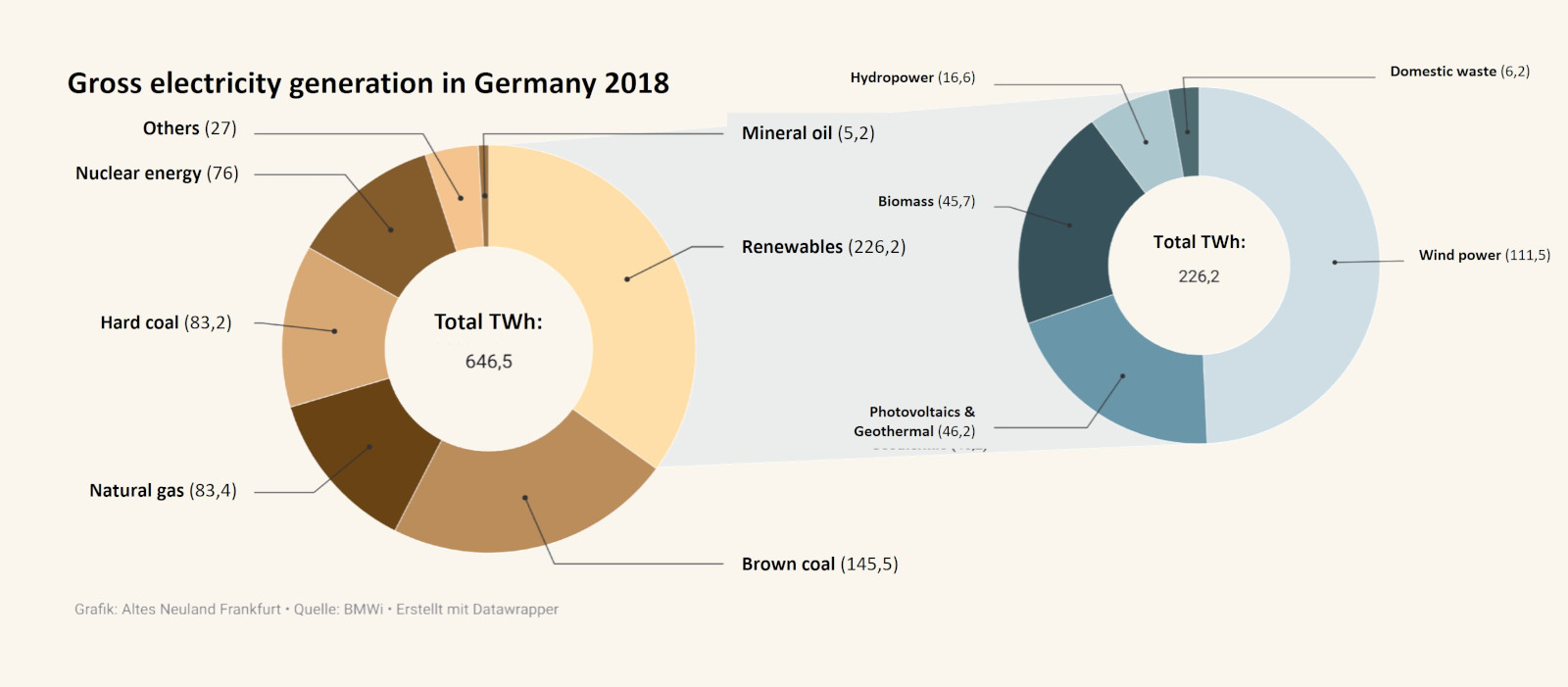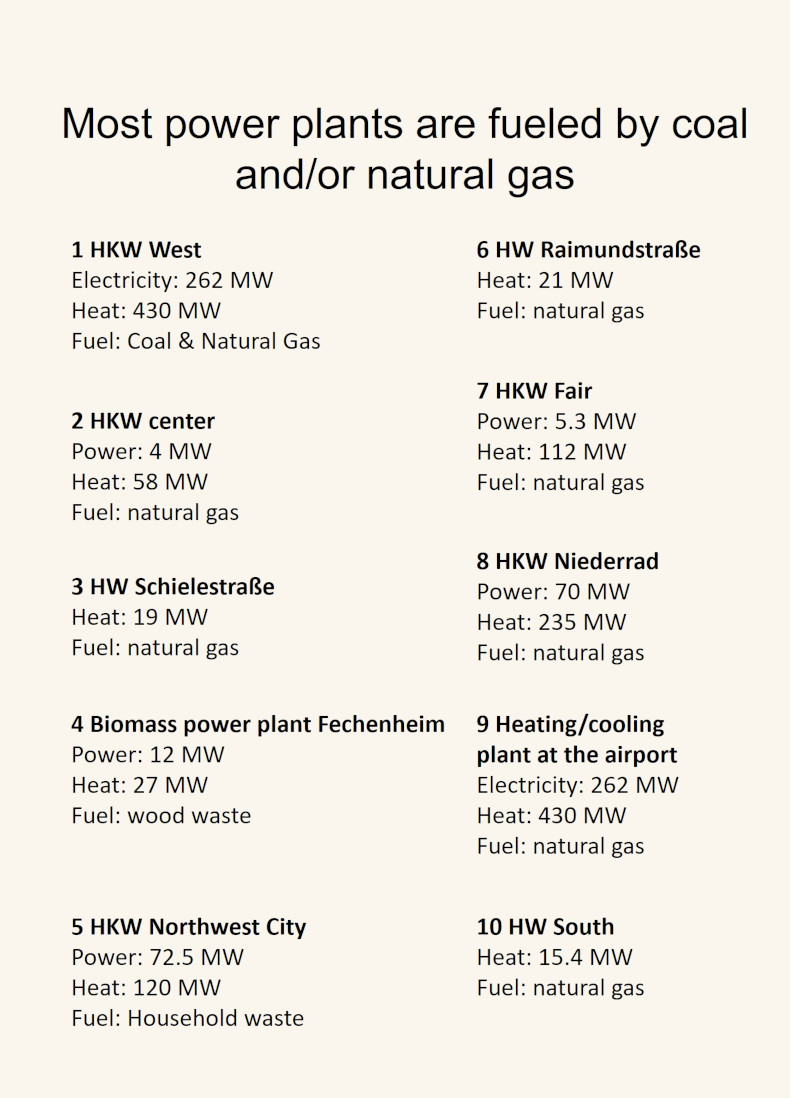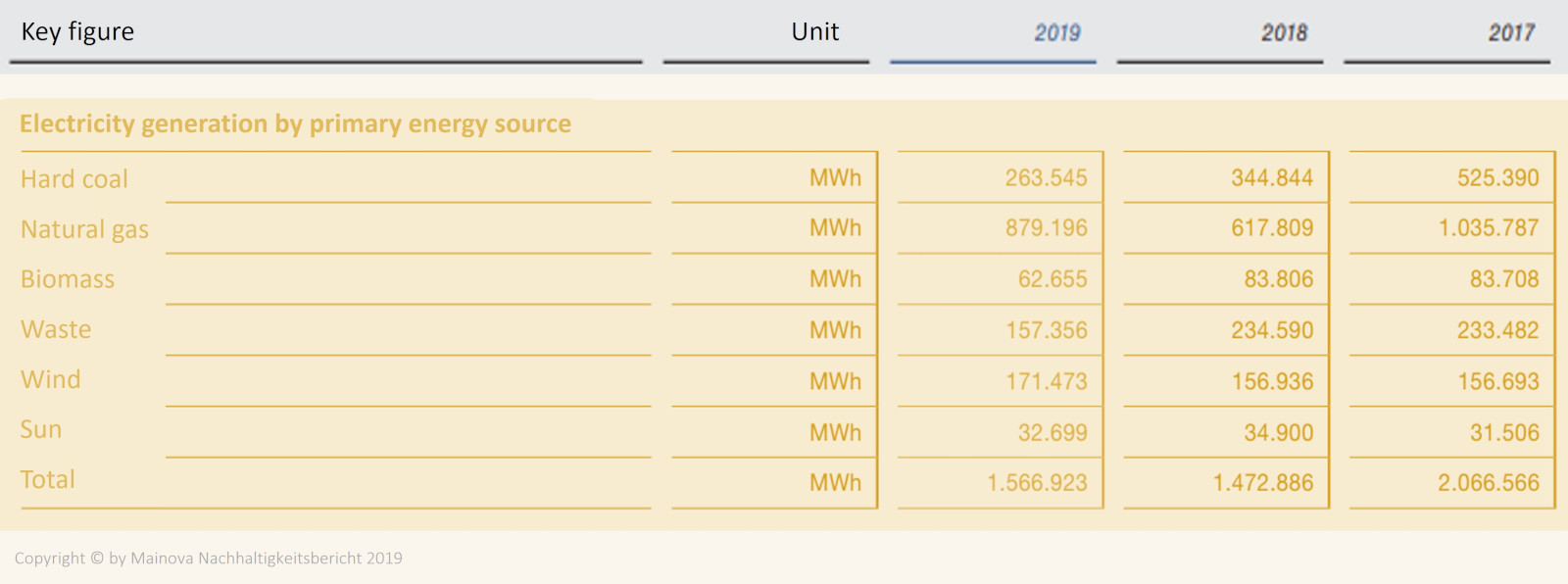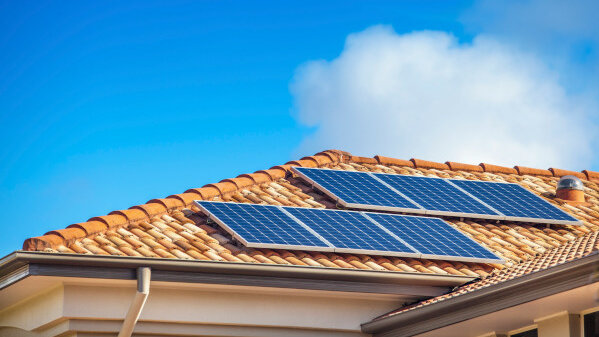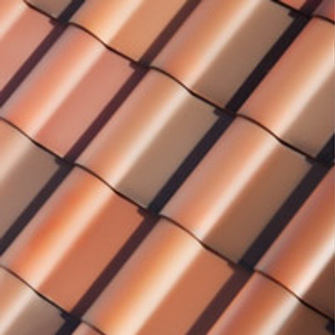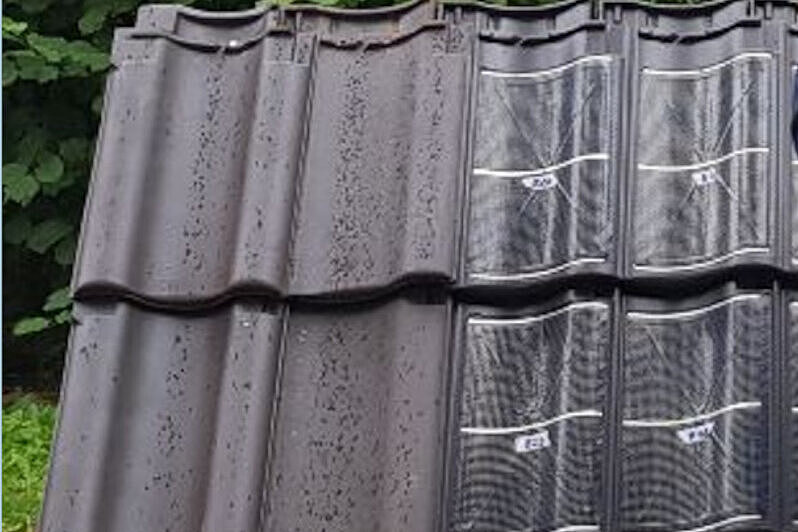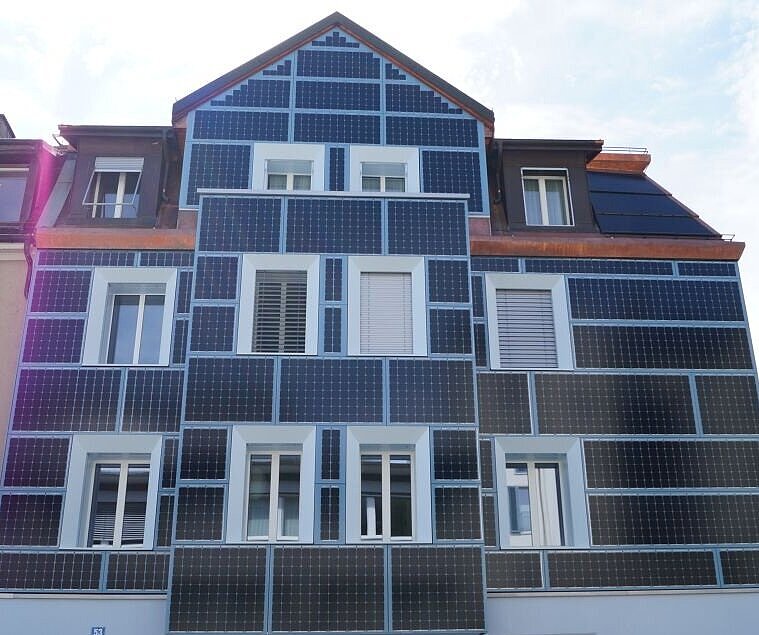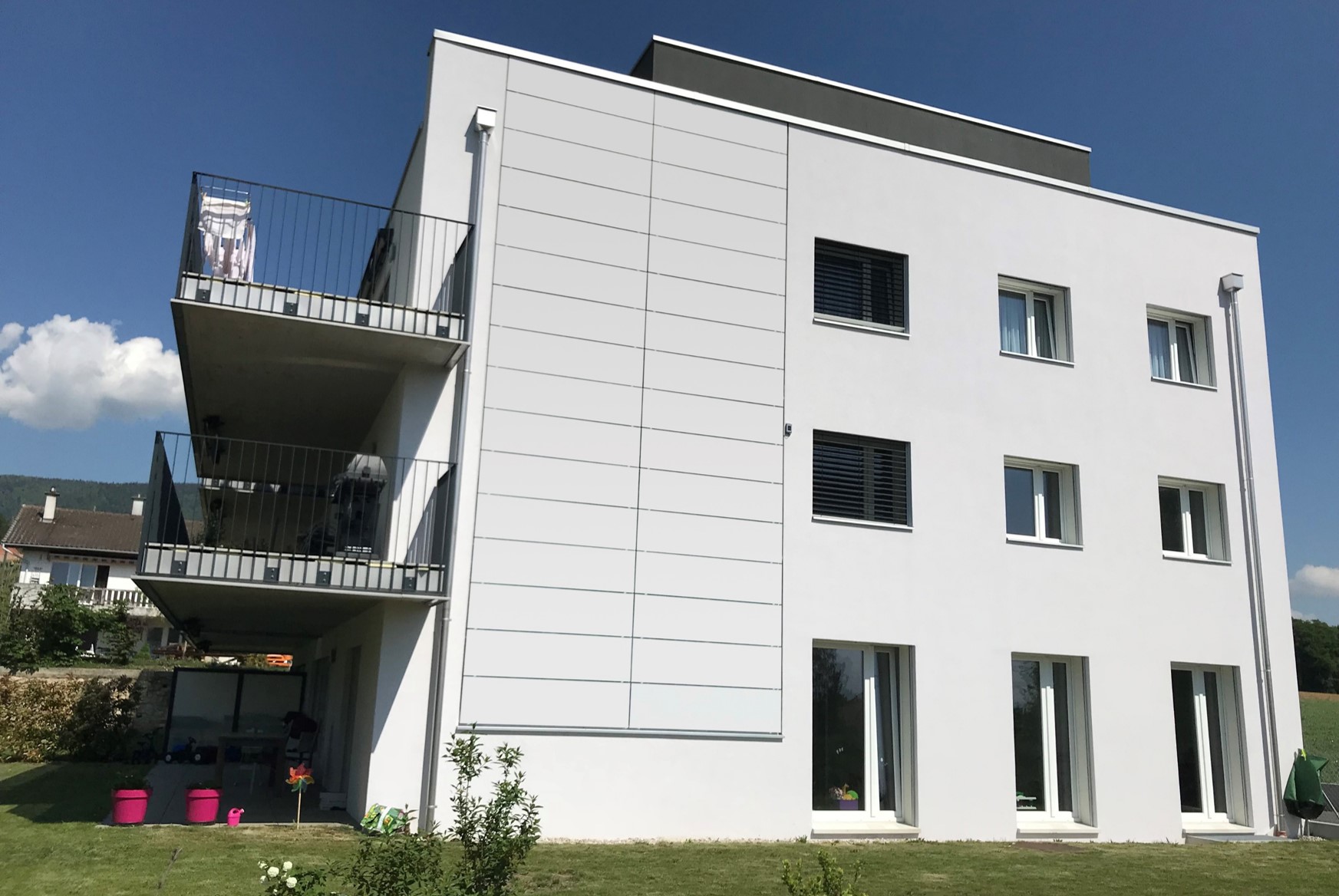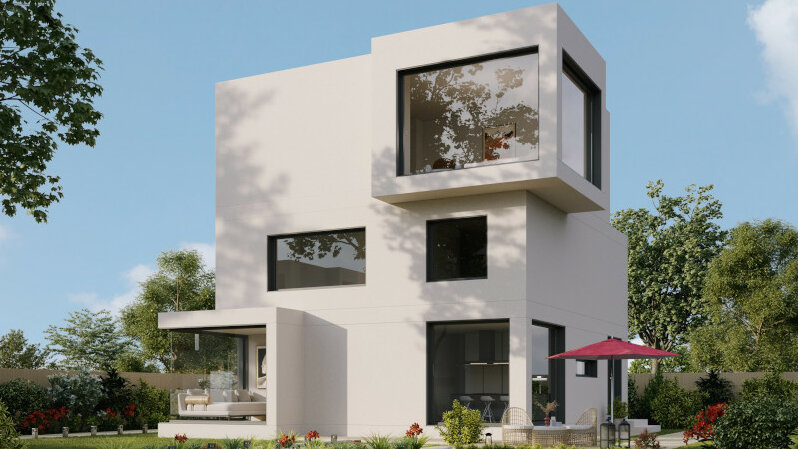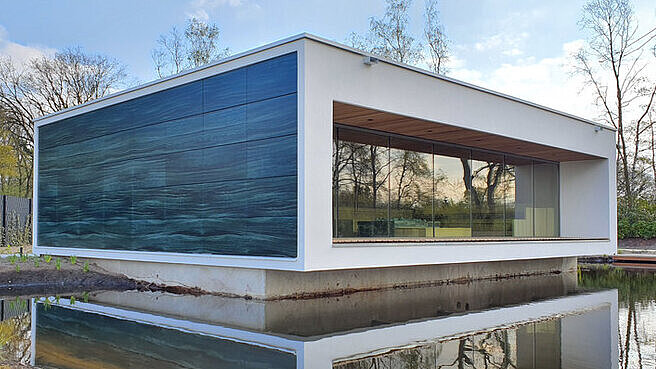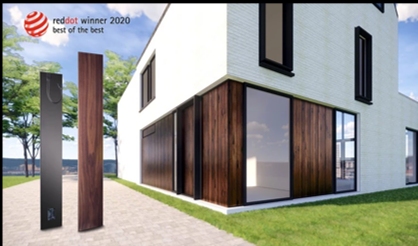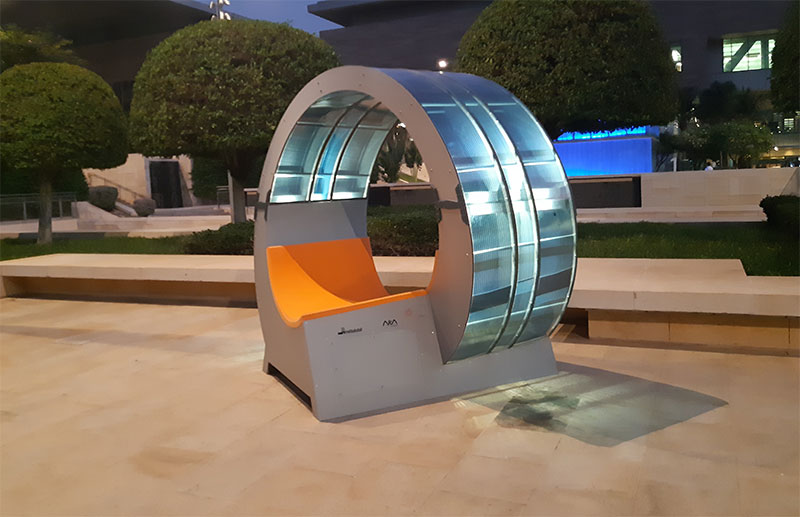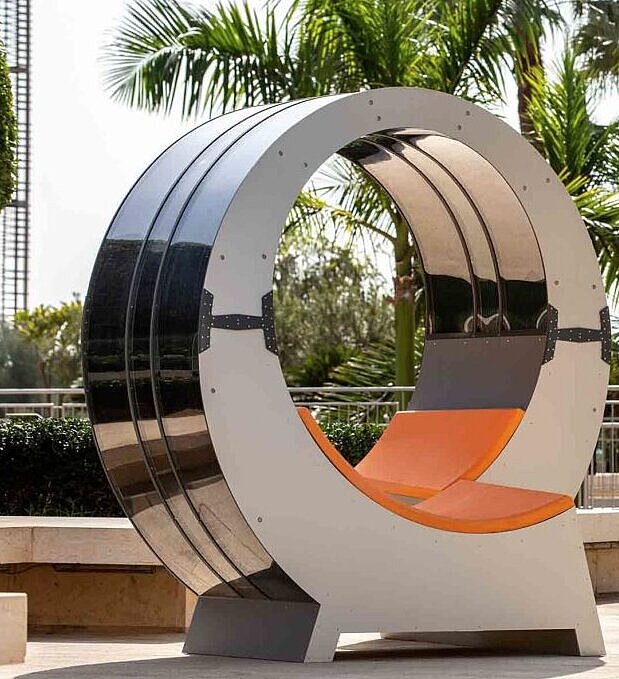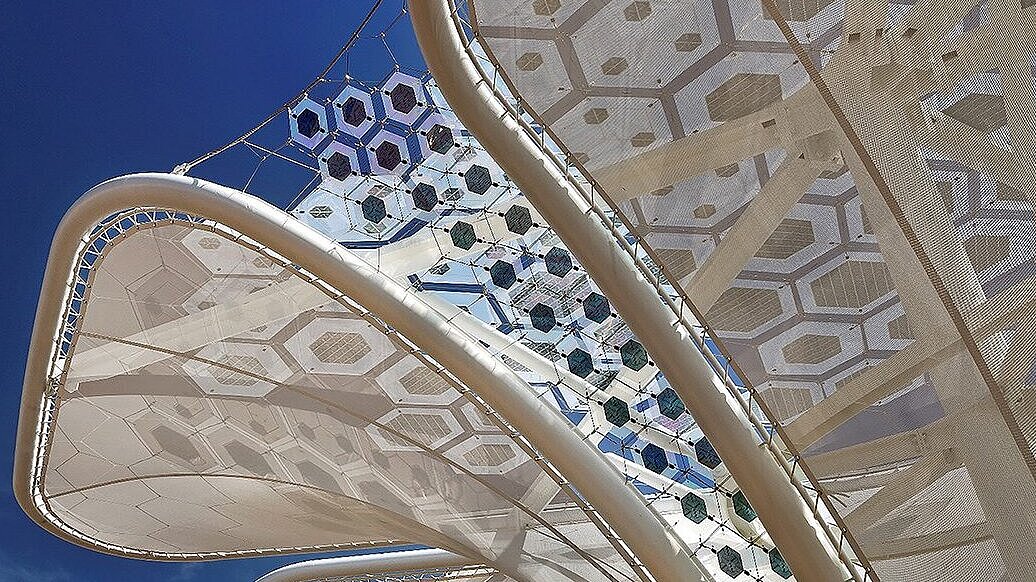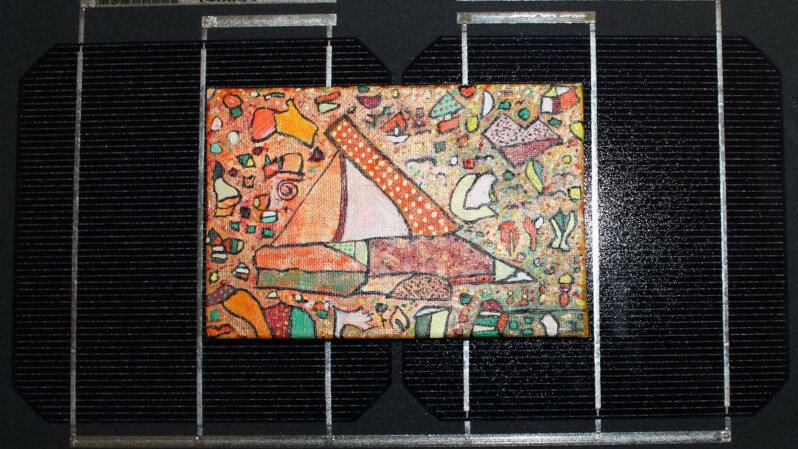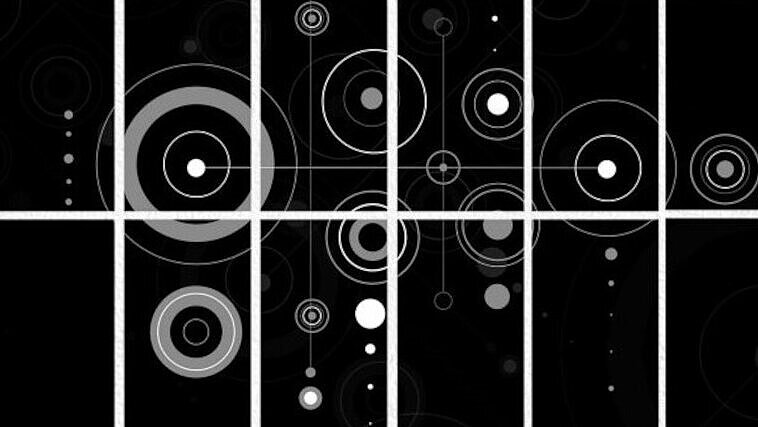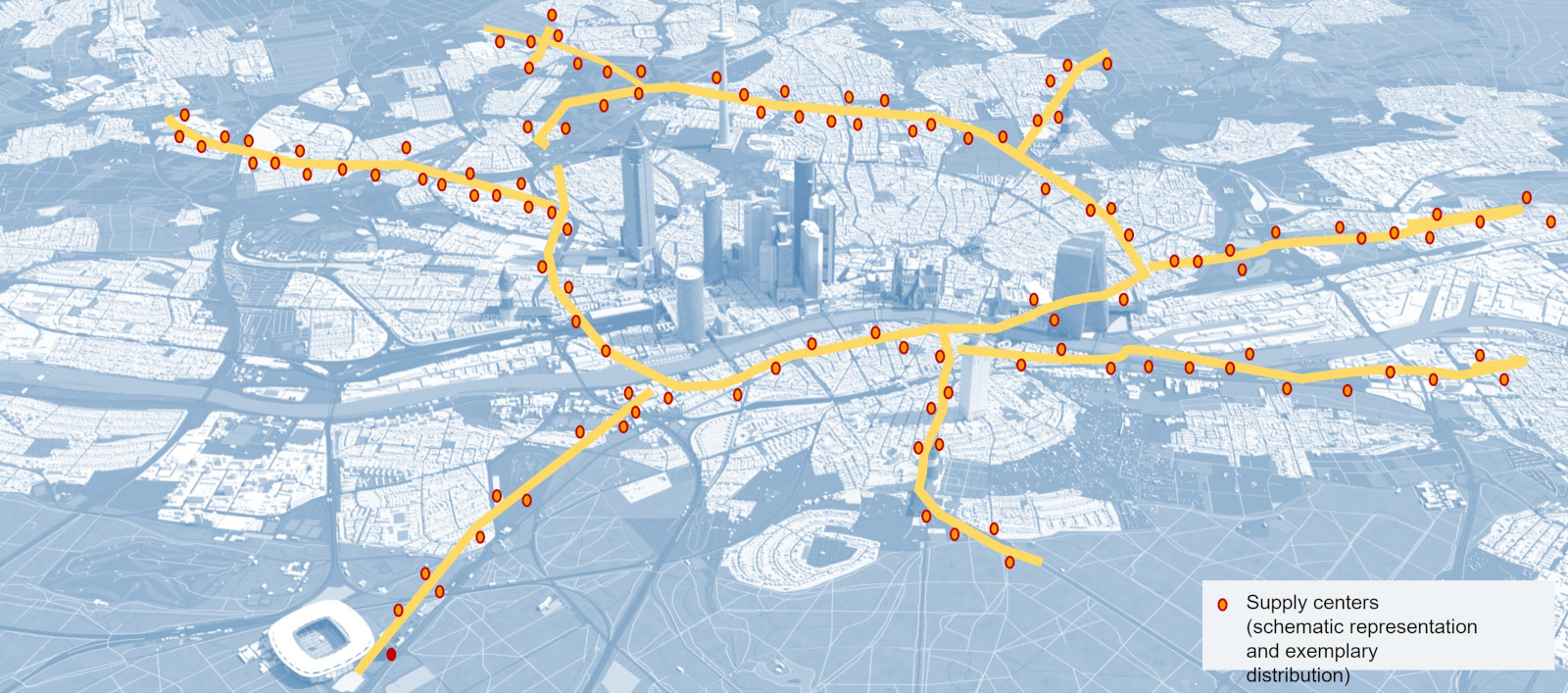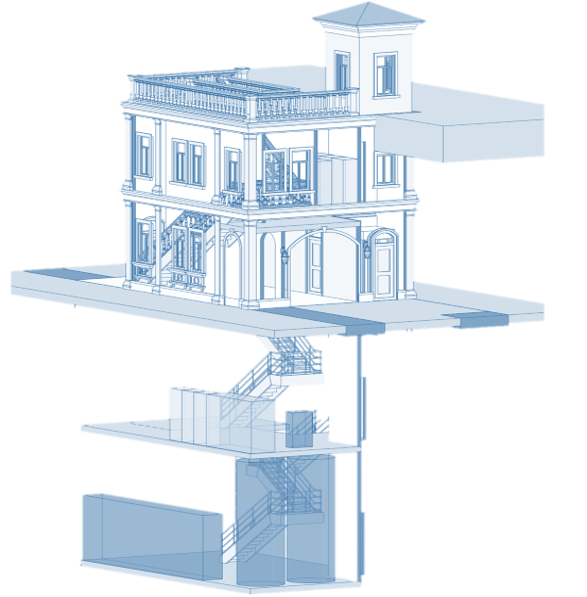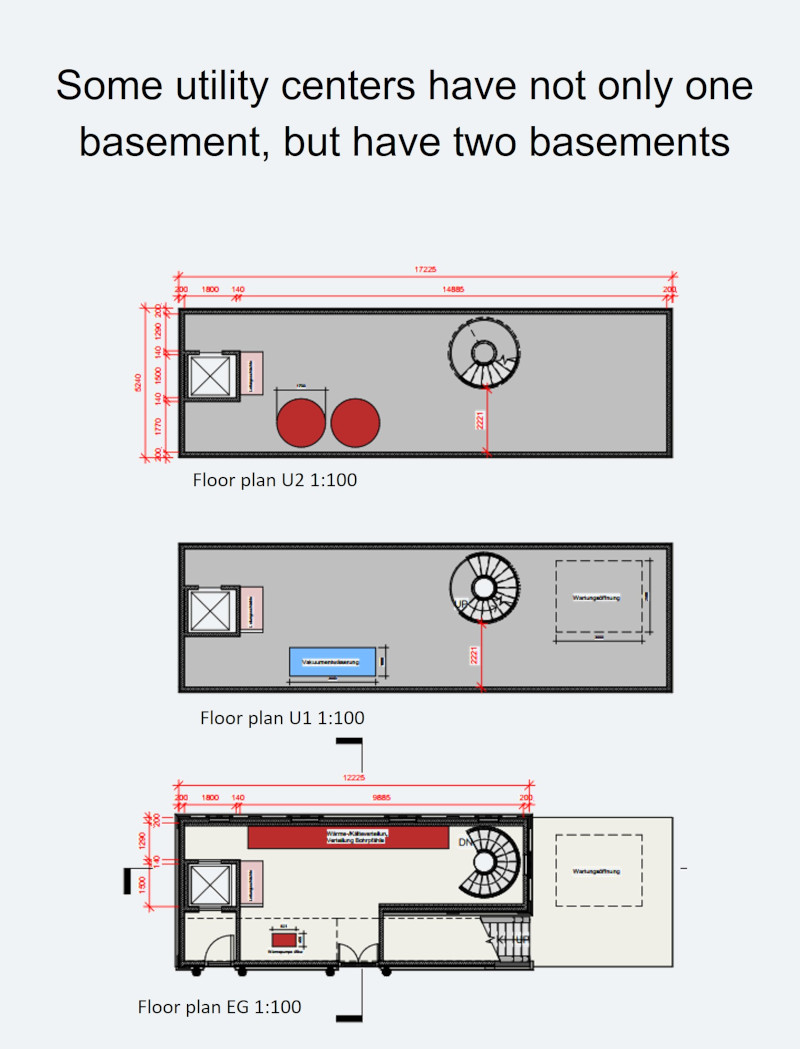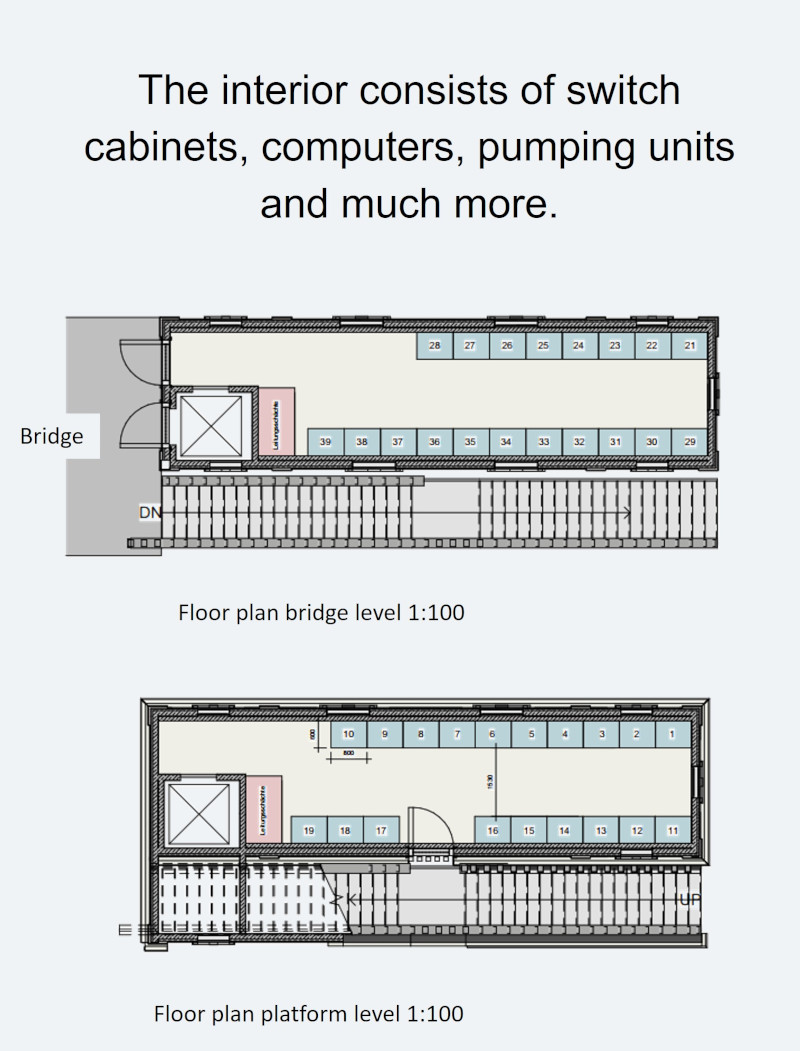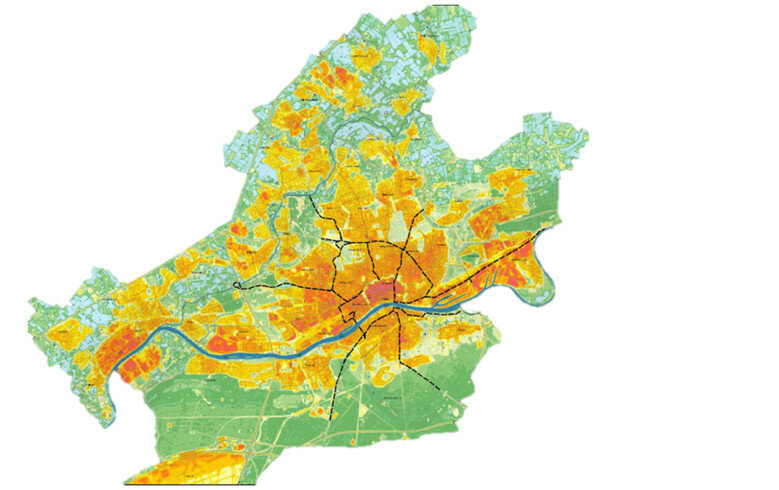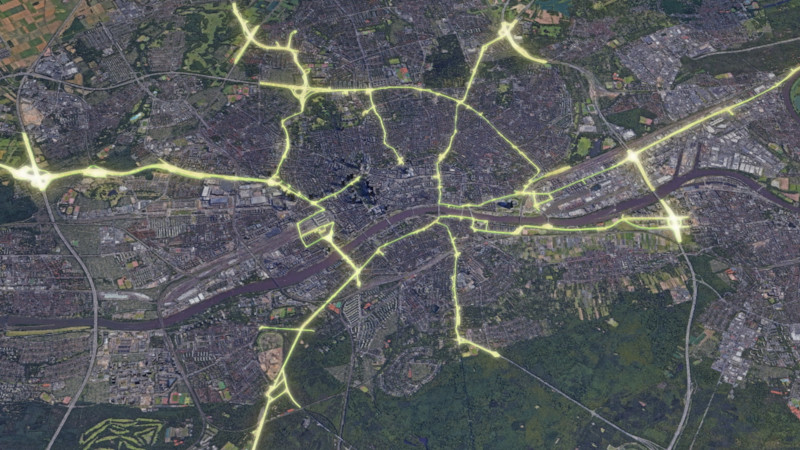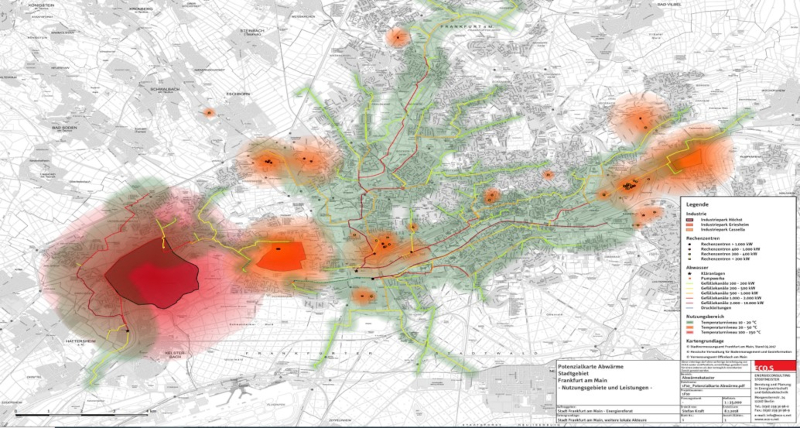The photovoltaic harvest from so many surfaces on the bridges can only be used optimally with the help of sophisticated control systems
The new Frankfurt Bridges neighborhood can show homeowners how beautiful and, above all, invisible rooftop photovoltaics can be and how efficient it is for all aspects of life, including mobility.
An intelligent control system is being developed on the bridges for this purpose. In this way, an entire neighborhood can be supplied with the cheapest electricity, both for its infrastructure and for modern "luxury processes", such as moving garbage cans, bridge vehicles on call, automated carrying service for groceries (no more lugging) and much more - without "wasteful" use of electricity.
As soon as the electricity demand on the bridges is covered, surplus electricity produced by the photovoltaic modules is first stored in batteries or offered to the electricity-powered vehicles next to the bridges, which can "refuel" with electricity at the charging stations on the bridge piers. In addition, excess electricity generated is used to produce hydrogen. The green hydrogen is consumed by the H2 -powered vehicles on the Frankfurt bridges, and surpluses are stored to be used in winter for power and heat generation by means of fuel cells.
Only when this demand on and along the bridges is also covered, all the bridges' energy storage systems are filled and there is still surplus electricity, will it be fed back into the grid of the local electricity supplier Mainova: There are therefore no individual invoices per building with the supplier Mainova, but only after the bridge-internal "netting" has taken place is there a bridge balancing with Mainova.

